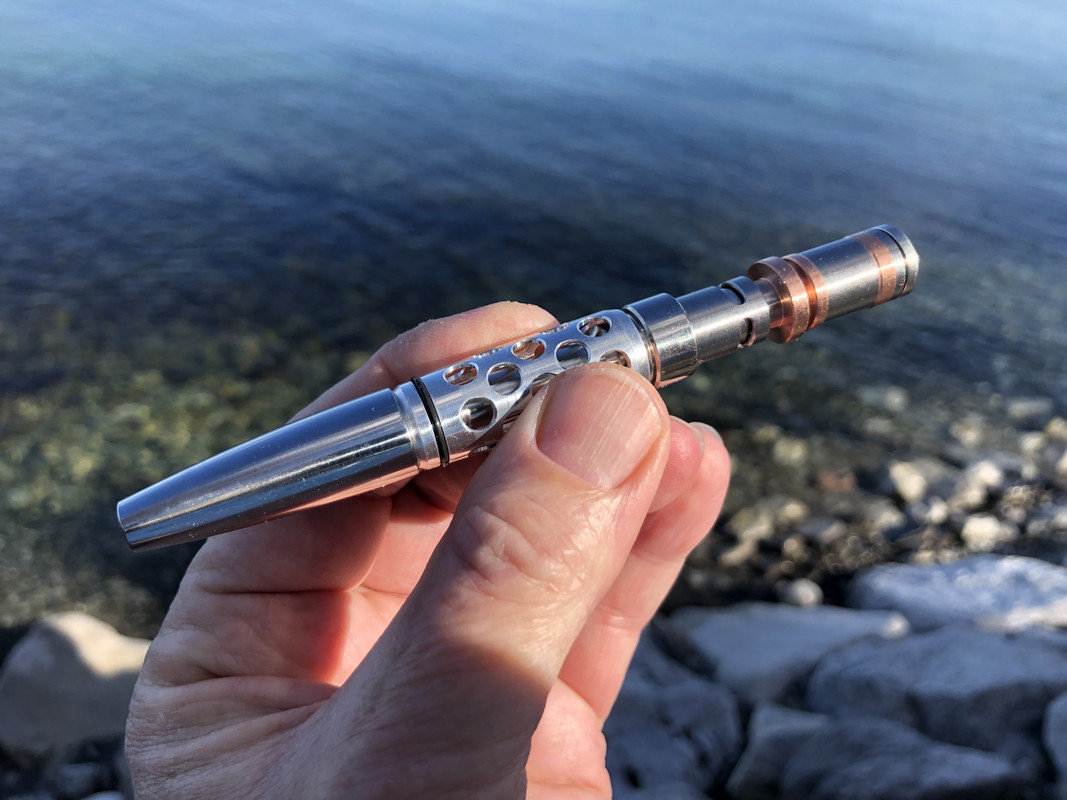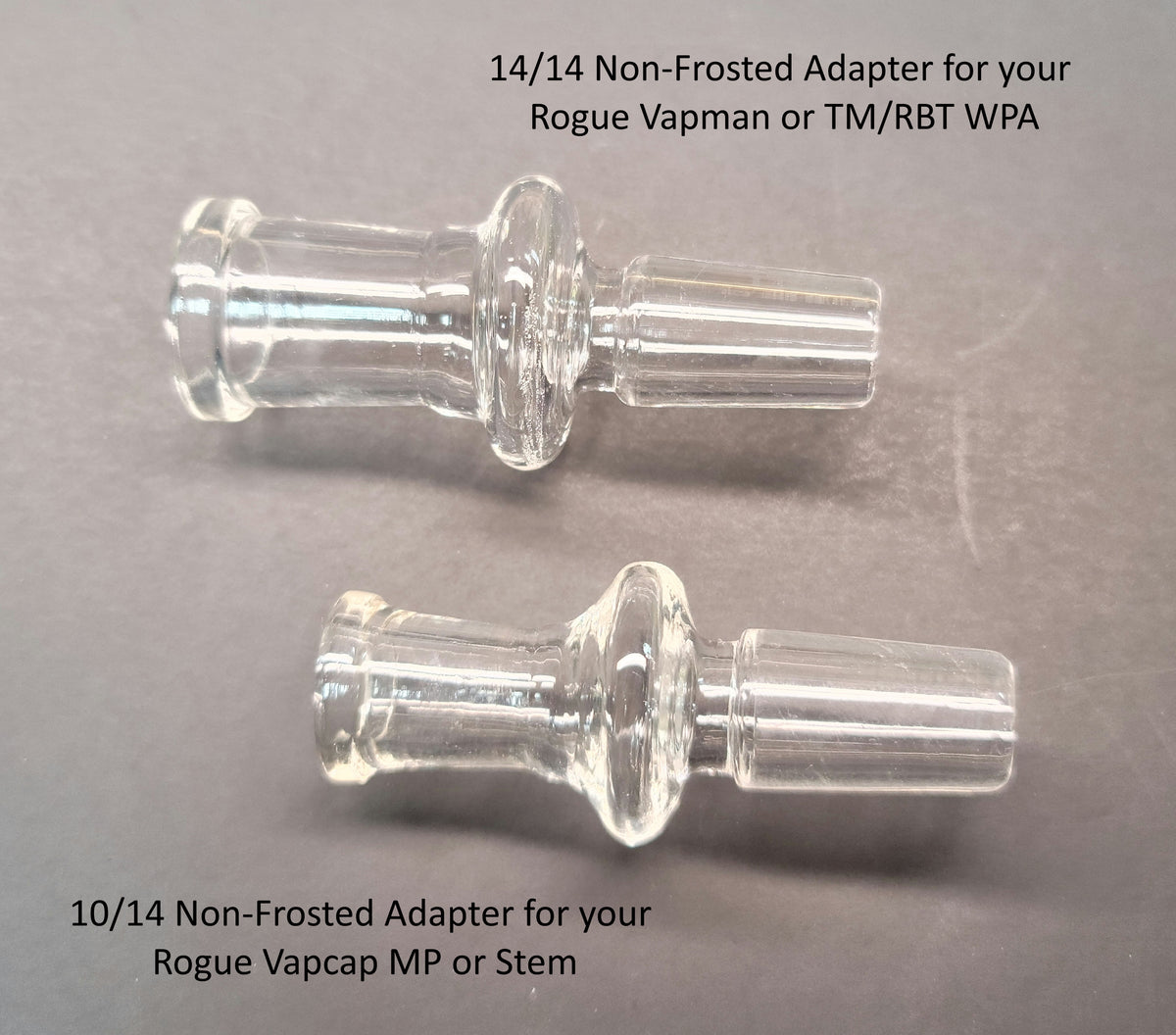I very strongly disagree with this advice. IMO it's potentially very dangerous. Here's part of my rant to that effect from 'over there'. PLEASE FOLKS, DON'T FOLLOW THE ADVICE BLINDLY. "I read it on the web" doesn't always make it right:
I was just made aware of this advice, IT IS EXTREMELY DANGEROUS. Please educate yourself before you do it, it's not recommended by the lighter or gas suppliers (both of which would profit if you did it) because it's inviting disaster as it can become a "supercritical fluid". The 'unused space' is absolutely critical to controlling pressure in some cases. If you happen to get 100% fill, you have a bomb. Seriously. What was dozens of PSI can become thousands of PSI with a bit too much heat.
Ever wonder why the can butane comes in is so much bigger than it needs to be? That's because safety REGULATIONS insist on it. Same goes for the butane tank for your BBQ. The vent line is designed so you can't completely fill the tank.
That 'wasted space' is there for your protection, don't defeat the safety procedure specified by the makers this way.
Sorry to sound harsh, but this is serious business, guys get killed this way. It there's no 'expansion space' the pressure goes to scary high values. Those of us who use 'bulk fill' CO2 guns live by this. Here's the so called 'Navy chart' for CO2:
http://www.warpig.com/paintball/technical/gasses/co2pv.gif
I get it most guys don't follow such charts, let me try to help a bit. Along the bottom is % of fill, notice you can fill past 100% ratings? That's because it's % of rated capacity, not how much you can jam in volume wise. Up the side is pressure, what will turn the container into a BOMB and in our case dump some dangerous (flammable and 'frostbit cold') gas to add to the fun. We have to avoid high numbers to stay safe.
The individual lines are 'tracks' for each temperature, notice they 'break' at the 'dome shaped line' as they go right and go sharply 'off the chart' at the point where the expanding liquid (with temperature) runs our of space. Notice those lines look like they can 'go to huge numbers'? They can. Potential pressures are HUGE.
SUCH CONTAINERS ARE SAFETY FILLED BY WEIGHT, NOT VOLUME.
Unless you really know what you're doing I advise strongly against this. If you do know what you're doing you don't need my advice because you already know how dangerous it is. The very sort of thing you can 'do hundreds of times with no problems' only to go a tiny bit too far next time and have a bomb instead of a good session. Literally.
Trying to 'trick' the system to get more in than it's designed for is very dangerous IMO. Suggesting to others doing so without full disclosure is just plain wrong.
Supercritical CO2 is a great way to extract the good stuff from weed, but the rigs to do so are very thick steel, able to withstand many thousands of PSI, not the 'under 100' your lighter or fuel can is.
Again, I'm sorry to sound harsh, but IMO this is very dangerous. Very.
Please make informed decisions and stay safe. Thanks for listening.
OF
Edit: On the subject of 'how should I purge' (the original question) my technique is to vent what will come easily, then refill with fresh fuel and dump again. A couple of times. Most of what you want to get out is dissolved and will condense out on the walls as the gas leaves, we want to wash that junk out.
Flushing (washing) is the only way to get some of the contamination likely to be there out. That is, of curse, the very sorts of contamination we pay the big bucks to have 'refined out'. Butane is a great solvent........
And, as general advice, never ever let a pressure system 'up to air'. That is don't let the pressure drop so far air (with moisture and such) to get into the system. This is exactly why the HVAC guys pull a vacuum on refrigeration systems before filling. "Waste" a few grams of gas flushing for insurance, but don't let the pressure drop to zero lest it suck some of the room in as it warms up slightly.
OF








 .
.